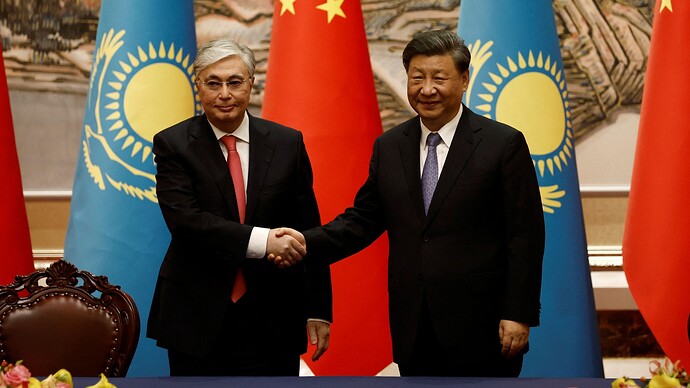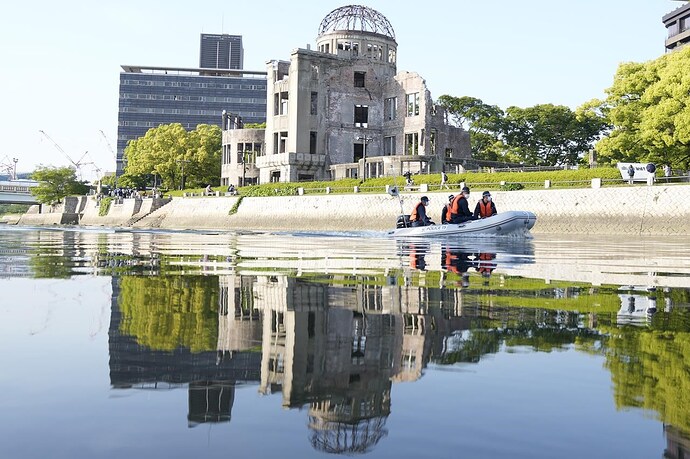Introduction:
Tajikistan, officially known as the Republic of Tajikistan, is a landlocked country located in Central Asia. It is the smallest country in the region, with an area of 143,100 square kilometers, and has a population of approximately 9 million people.
Geography:
Tajikistan shares borders with Uzbekistan to the west, Kyrgyzstan to the north, China to the east, and Afghanistan to the south. The country is situated between the Pamir Mountains to the southeast and the Alay Mountains to the northeast. The capital and largest city of Tajikistan is Dushanbe, which is located in the west of the country.
The climate in Tajikistan varies greatly depending on altitude. The lowland areas experience a hot and dry climate, while higher elevations have a cooler and more temperate climate. The country’s terrain is mostly rugged and mountainous, with over 90% of the land covered by mountains.
History:
The history of Tajikistan dates back to ancient times. The region was ruled by various empires and kingdoms, including the Achaemenid Empire, Alexander the Great, the Kushans, the Sassanian Empire, and the Samanid Empire. The Samanid Empire was particularly influential, as it brought Persian culture and Islam to the region.
During the 19th century, Tajikistan became part of the Russian Empire. The country gained independence in 1991 after the collapse of the Soviet Union. Since then, Tajikistan has had its fair share of political and economic challenges, including a civil war in the 1990s and a struggling economy.
Culture:
Tajikistan’s culture is heavily influenced by Persian culture and Islamic traditions. The national language is Tajik, which is a variety of Persian. Islam is the predominant religion in the country, with the majority of the population adhering to the Sunni branch of Islam.
Tajikistan is known for its traditional music, which includes the use of instruments such as the dutor (a type of lute) and the tanbur (a long-necked fretted string instrument). The country is also famous for its colorful textiles and embroidery.
Cuisine:
Tajik cuisine is similar to that of other Central Asian countries, with a heavy emphasis on soups, meat dishes, and rice. Pilaf, a dish made of rice, meat, and vegetables, is a staple of Tajik cuisine. Other popular dishes include shurbo, a hearty soup made with lamb or beef, and laghman, a noodle dish.
Economy:
Tajikistan is one of the poorest countries in Central Asia, with a GDP per capita of around $1,000. The country’s economy is heavily dependent on remittances from migrant workers, who often work in Russia and send money back home to their families. Agriculture is also an important sector, providing employment for about 70% of the population.
Tourism:
Tajikistan is a popular destination for adventure tourists due to its mountainous terrain and numerous hiking trails. The Pamir Highway, which runs through the Pamir Mountains, is one of the country’s most popular tourist attractions. The country also has several historic sites, including the ancient city of Penjikent and the Hissar Fortress.
Conclusion:
Tajikistan may be small and relatively unknown, but it has a rich history and culture that is worth exploring. Despite its economic challenges, the country has much to offer in terms of tourism, with stunning mountain landscapes and historic sites.
Disclaimer
6do Encyclopedia represents the inaugural AI-driven knowledge repository, and we cordially invite all community users to collaborate and contribute to the enhancement of its accuracy and completeness.
Should you identify any inaccuracies or discrepancies, we respectfully request that you promptly bring these to our attention. Furthermore, you are encouraged to engage in dialogue with the 6do AI chatbot for clarifications.
Please be advised that when utilizing the resources provided by 6do Encyclopedia, users must exercise due care and diligence with respect to the information contained therein. We expressly disclaim any and all legal liabilities arising from the use of such content.














